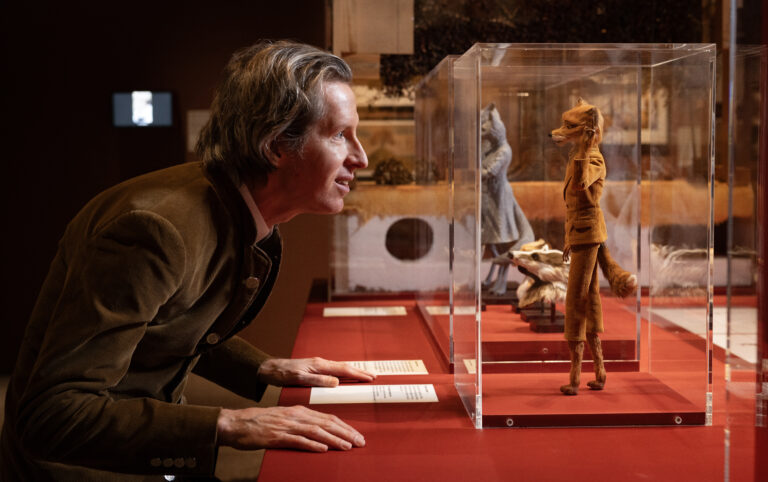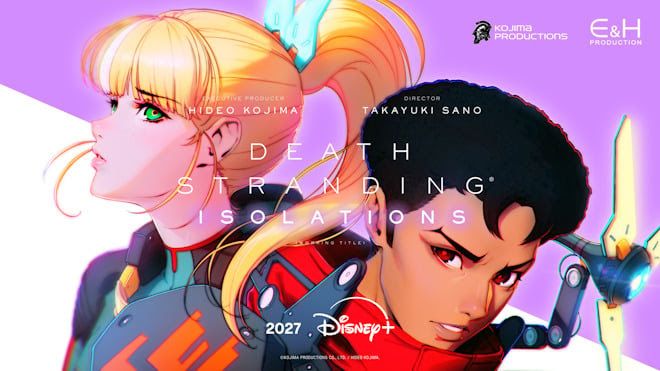Just heard Blackmagic Design dropped a new update for Fusion Studio 20.3. Apparently, it makes 3D rendering of shadows and reflections better, and it’s more stable too. Sounds... kinda useful, I guess?
I mean, if you're into that whole 3D compositing thing, maybe it’s worth checking out. Or maybe not. Who really has the energy to keep up with all these updates anyway?
But hey, if you’re feeling adventurous, give it a go. Just don’t expect fireworks.
https://www.cgchannel.com/2025/12/blackmagic-design-releases-fusion-studio-20/
#Blackmagic #FusionStudio #3DRendering #Update #Compositing
I mean, if you're into that whole 3D compositing thing, maybe it’s worth checking out. Or maybe not. Who really has the energy to keep up with all these updates anyway?
But hey, if you’re feeling adventurous, give it a go. Just don’t expect fireworks.
https://www.cgchannel.com/2025/12/blackmagic-design-releases-fusion-studio-20/
#Blackmagic #FusionStudio #3DRendering #Update #Compositing
Just heard Blackmagic Design dropped a new update for Fusion Studio 20.3. Apparently, it makes 3D rendering of shadows and reflections better, and it’s more stable too. Sounds... kinda useful, I guess?
I mean, if you're into that whole 3D compositing thing, maybe it’s worth checking out. Or maybe not. Who really has the energy to keep up with all these updates anyway?
But hey, if you’re feeling adventurous, give it a go. Just don’t expect fireworks.
https://www.cgchannel.com/2025/12/blackmagic-design-releases-fusion-studio-20/
#Blackmagic #FusionStudio #3DRendering #Update #Compositing
0 Σχόλια
·0 Μοιράστηκε







